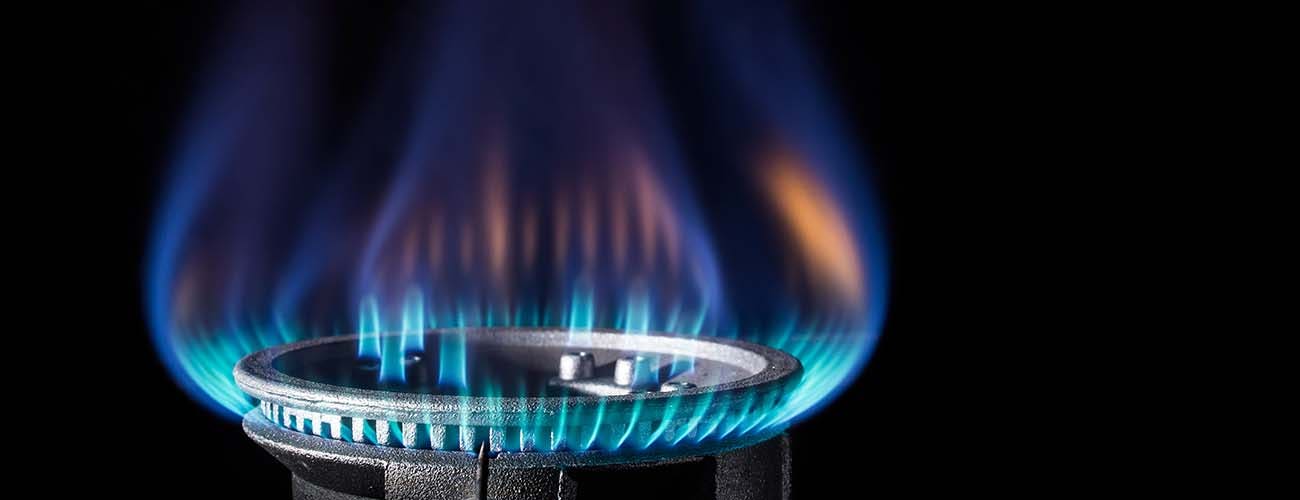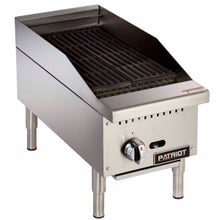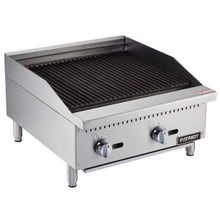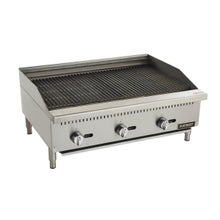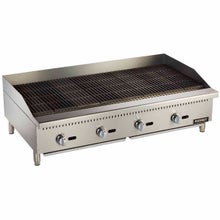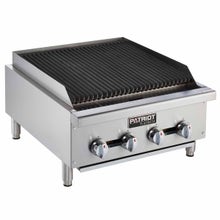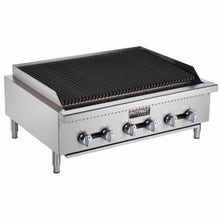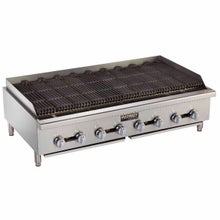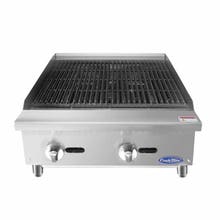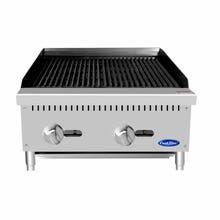Natural Gas vs Propane Cooking Equipment: Understanding the Key Differences
Natural Gas vs. Liquid Propane: What's the Difference?
Before we discuss the differences between cooking equipment powered by natural gas and liquid propane, let's first define these two fuels.
Natural Gas
Natural gas is a fossil fuel primarily composed of methane. It is extracted from underground reservoirs and transported to homes and businesses through pipelines. While no fossil fuel is environmentally friendly, natural gas burns cleaner than coal and oil. It's often used for heating, cooking, and powering appliances.
Liquid Propane
Liquid propane, or propane gas, is a byproduct of natural gas processing and crude oil refining. It is a compressed gas that is stored in tanks and can be transported to different locations. It is commonly used for heating, cooking, and powering appliances in areas where natural gas is not readily available.
Portability and Convenience
Liquid propane is more portable than natural gas. It can be stored in tanks and transported to different locations, making it a popular choice for mobile cooking equipment used by caterers and food trucks. On the other hand, natural gas cannot be transported without pipelines.
When it comes to convenience, it depends on your location and needs. If you're opening a restaurant in a building that already has a natural gas line or can easily be tied into one, having that constant fuel supply would be more convenient than scheduling refills of your propane tank.
Cost
Propane is typically more expensive than natural gas in terms of cost. Natural gas is a direct fuel source, while propane is a byproduct of natural gas processing and oil refining. However, propane may be more cost-effective in the long run because it is more efficient. Costs may also vary by region and time of year.
The initial installation can be expensive if your building isn't connected to a natural gas supply. However, the long-term higher cost of propane may make that potential upfront investment more acceptable.
Several key differences exist between natural gas and liquid propane-powered cooking equipment. Ultimately, the best option for you will depend on your specific needs and circumstances. Consider availability, cost, and environmental impact when deciding which fuel is best for your cooking equipment.
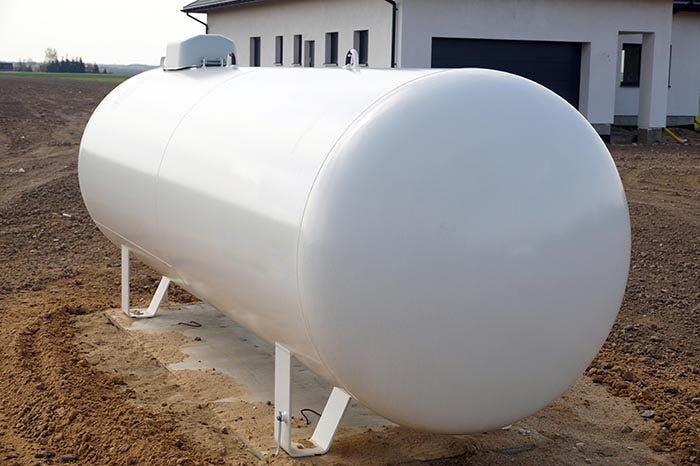

Can cooking equipment be converted from natural gas to propane?
Because natural gas and liquid propane are similar, some cooking equipment can be converted to either. However, converting your gas griddle involves more than attaching it to a propane tank.
Incorrectly converting cooking equipment can be dangerous. It can damage your equipment and injure you, your employees, or your customers. It should only be done by a licensed plumber or gas appliance technician.
If you want to convert your equipment from natural gas to liquid propane, make sure the manufacturer intended it to be converted. Brands like Patriot, Atosa, and Star make field-convertible charbroilers and griddles.
Converting equipment to a fuel source other than the manufacturer's intended can void the equipment's warranty, even if the conversion is done by a licensed plumber or gas appliance technician. The packaging, specifications sheet, or user manual will say if your equipment can be converted. If you're unsure, contact the manufacturer or your restaurant supply retailer.
To make equipment use a different fuel is called appliance conversion or field conversion.
A plumber or technician replaces gas orifices, burners, appliance regulators, and possibly venting. These connections and fittings are designed to operate with each gas's specific pressure.
Liquid propane and natural gas are delivered at different pressures. Natural gas arrives at a much lower pressure than propane, which requires larger orifices. Using propane with a natural gas orifice would allow too much gas to flow. The increased gas flow creates a large and dangerous flame.
What are the advantages of a convertible gas griddle or charbroiler?
In most cases, the location of your business will dictate the type of gas you use. If you're located in a place with natural gas lines, getting propane cooking equipment doesn't make sense. However, if you're setting up a food truck or starting a restaurant in a rural area, liquid propane charbroilers, ovens, and other cooking equipment are the logical choice.
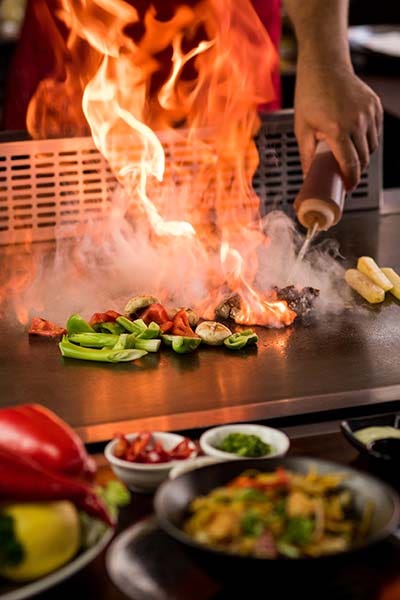

However, buying convertible cooking equipment might be a good investment for a few reasons:
Prepare for outages: Although natural gas service can sometimes be interrupted, it doesn't happen as frequently as electrical outages. If an outage is going to last days or weeks, having your equipment converted may be worth the cost, especially if the other option is not being open.
Be ready for a remodel: Rearranging or remodeling your restaurant kitchen could mean running new natural gas lines. If that's the case, your restaurant could be shut down until all the work is done. If you have a convertible gas griddle, a licensed plumber or gas appliance technician could temporarily convert your cooking equipment. After the construction work is done, they can convert it back.
Be flexible: Opening a brick-and-mortar restaurant is only sometimes financially possible for new restaurant owners. Many start with a food truck to establish their brand and save money before opening a permanent location. If you don't plan to keep running your food truck after you open your brick-and-mortar store, buying convertible cooking equipment for the food truck would allow you to move it into your final location. Likewise, if you start with a brick-and-mortar restaurant, you may eventually want to start a food truck. Having convertible cooking equipment in the restaurant would allow you to move it to your new food truck and upgrade your restaurant's equipment.
The natural gas vs. propane debate is easy to resolve based on your business's location.
A permanent kitchen with an easily accessible natural gas supply means you should use gas. However, a mobile kitchen, whether that be a food truck, cooking on-site for a catering job, or a more rurally located restaurant, means liquid propane is the smarter choice.
The actual decision is whether buying convertible cooking equipment like gas griddles, charbroilers, ovens, ranges, and deep fryers is worthwhile. The long-term plans for your business and budget are key factors you should consider when making that decision. Choosing the flexibility of convertible gas cooking equipment is often a wise investment. With quality brands like Patriot, the cost is negligible.
Share

